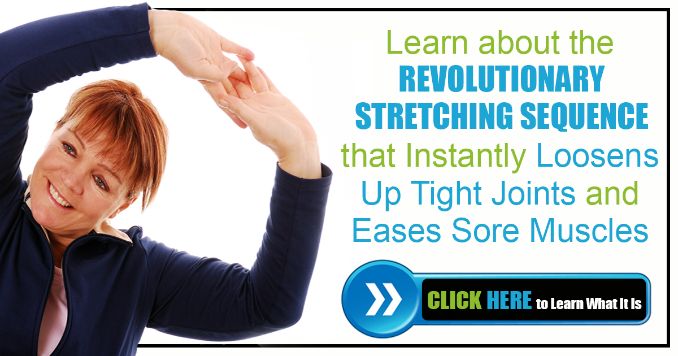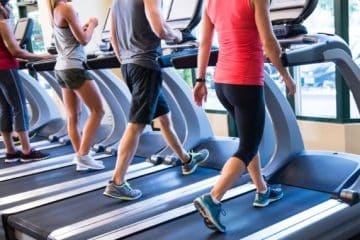1. Too Many Toes
Putting too much weight on your toes activates the muscles around your knees, especially the quads. This pulls on the knee caps and pushes the knee caps up against the knee joints. If you frequently wear high heels or are more of a ‘toe walker', this puts a lot of stress on the knees. Over time, this can lead to knee pain. So, focus on walking on your mid-foot or light heel walking.
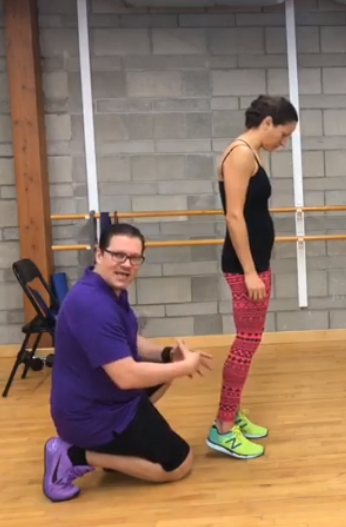
2. Flexibility
If you are unable to do squats from a standing position, lie down and go through the motion on your back. Many people struggle with squatting movements, so when they squat, they only move from a standing position to a 45-degree angle. This is similar to just sitting on a chair and raising back up. Most people don’t move into a deep squat, where the hips dip below the knees.
If you have limited flexibility or find it very painful to complete a full squatting movement, try the ‘unload position'. Lie on your back on the floor and bring one or both knees towards your shoulders. We need to go through a full range of motion; stretching isn't enough to maintain flexibility in the knees.
3. Being A Stork
Many people stand in this unhealthy position if they are waiting in line or talking to someone. They stand on one leg, putting all of their weight on one foot. The weight-bearing leg is straight with the knee in a locked position, putting all of its weight on the hip and knee. This puts a lot of stress on the knee and hip joints. Ideally, you should stand balanced with your weight evenly distributed across both legs.
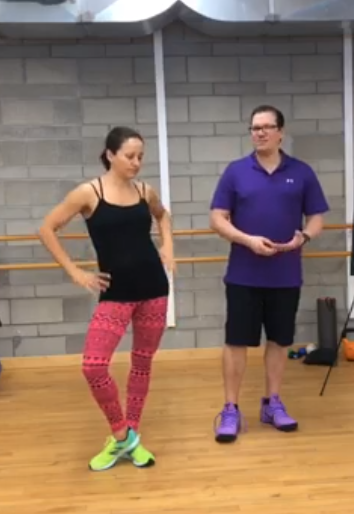
4. Back Bending
Some people stand with their knees pushed back or hyper-extended. This hyper-extension of the knees puts a lot of stress on the knee joints. The knees should be soft and your weight should be evenly distributed across both feet. When you have the correct standing posture, you should feel your quads and hamstrings activate.
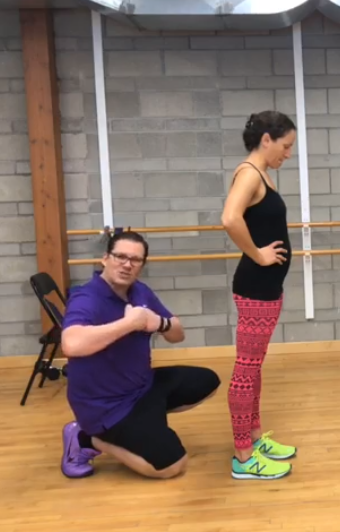
5. Too Much Focus On Your Knees
If you work out or exercise, there is often a lot of focus on the squatting movement. Squats move through a full range of motion, so often the quads can be overworked. Focus on lowering your hips past your knees to activate the glutes. Strong glutes help reduce or eliminate knee, back, and hip pain.
Lunges, on the other hand, can focus too much on the knees. Deadlift movements are beneficial for engaging the glutes and hamstrings.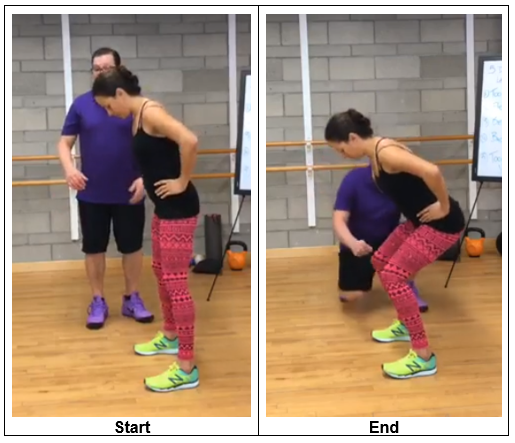
Online Questions:
“When you squat, is it okay to angle your toes out, or should they be straight ahead?” – Jody
This question likely originated from the ’80s or early ’90s, when the directive was to have your feet right under your hips with your toes pointed straight ahead when going through the squatting movement. This is not a natural squatting movement as it puts a lot of stress on the knees. We recommend a wider stance because your hips need to move somewhere as you go through the squatting movement. If you have a narrow stance, your hips and pelvis can’t rotate properly. Often people put too much weight on the balls of their feet, which can result in knee pain. As long as you lower your hips below your knees, you are activating your glutes. We recommend using a wider stance with your toes angled out slightly
Wrong Position: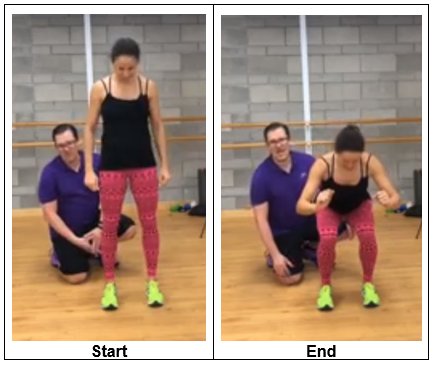
Correct Position: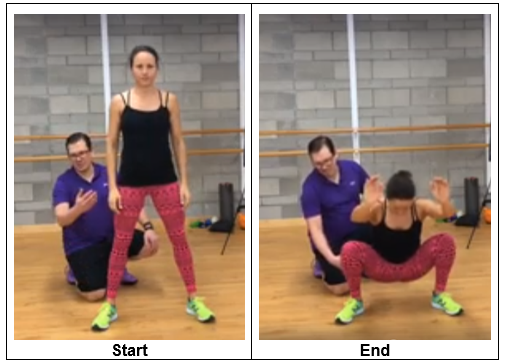
How do you strengthen the knees?
Some people have difficulty doing traditional squats or lunges from a standing position and may need to modify the squat to make the exercise more manageable for their knees.
Start by lying on your back on the floor, maintaining good alignment with your head, shoulders, hips, and legs. Wrap-resistant tubing under one foot and hold the handles in each hand at chest level. Bend your knee to a 45-degree angle. Straighten your leg to return to the starting position and repeat the movement.
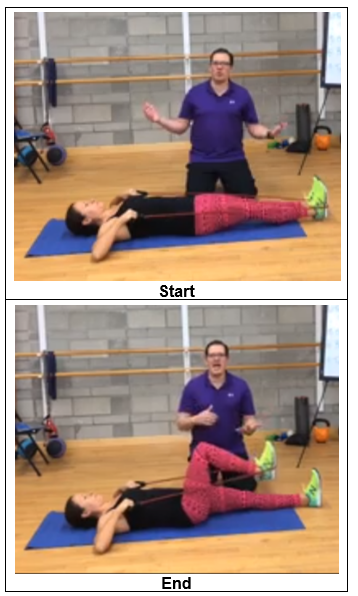
Alternative Exercise:
Deadlift Movement
Begin in an upright standing position with your legs slightly more than hip-width apart, maintaining good alignment with your head, shoulders, and hips. Slightly bend your knees and pivot through your hips to bend your upper body forward, ideally to be parallel to the floor. Rise back up and repeat the movement.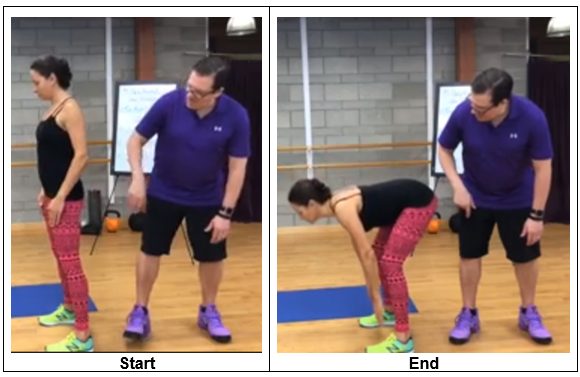
“I am over 70 years old with knee pain. Am I going to make it worse?” – Barbara Stephens
Activating, and improving the strength and endurance of the muscles around the knees helps decrease the stress on your joints. This applies to all of the joints in your body. Also note that dehydration negatively impacts joint lubrication, particularly knee and hip joints. Properly hydrate your body by drinking 3 liters of water daily.
Unlock a more vibrant you with 11 Daily Stretches to Feel and Look Amazing! Say goodbye to stiffness and hello to flexibility and radiance; stretching isn't enough. Start your journey to wellness today! Stretch, breathe, and transform your body and mind. Don't miss out on feeling your best self every day. Take the first step now!


